Details
Title:
Lies of P
Developers: Neowiz, Round8 Studio, South Korea
Director: Choi Ji-won
Releases:
September 2023 (Game)
June 2025 (DLC)
Be a good boy. And always let your conscience be your guide.
5.0 out of 5.0 stars
Every year, when mainstream media and audience gush over top candidates for the game of the year, I usually obsess over a game that, while getting many accolades, often goes under the radar a little bit. 2023 was an amazing year for gamers. Everyone was obsessing over Baldur’s Gate 3 (for very good reasons!), but a big RPG with a custom main character wasn’t something I craved. Tears of the Kingdom kept my sanity intact during my depressive episode for over 100+ hours, and while totally amazing, it wasn’t necessarily the best game of the year for me. Resident Evil 4 was a remake of the already great game, and I haven’t played the first Alan Wake to get into the sequel.
Instead, my heart was set on Lies of P.
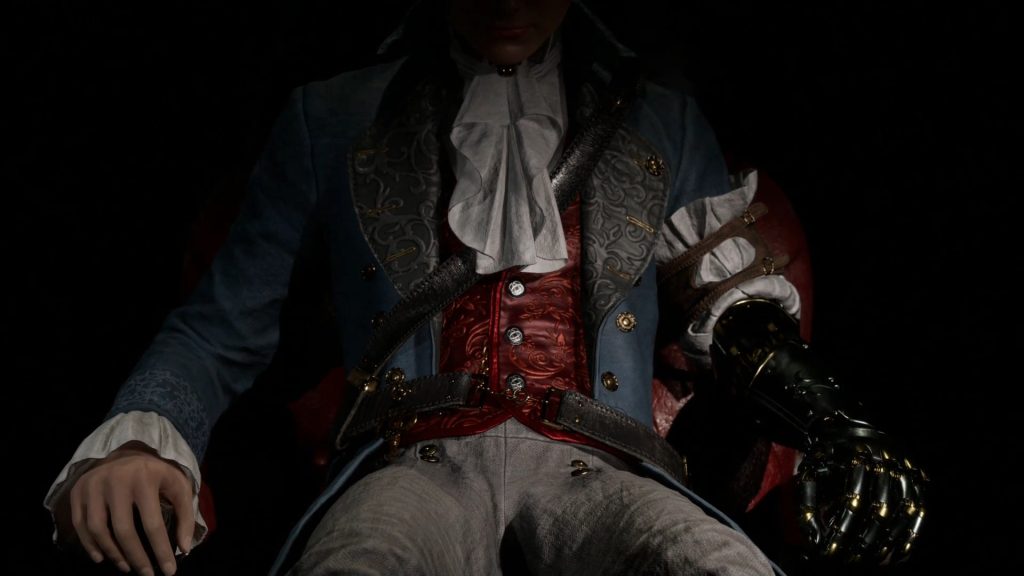
I had been following the game since its official announcement in 2021, which immediately caught my attention. Said to be a soulslike game inspired by the story of Pinocchio, everyone immediately pointed out the similarities to Bloodborne, a fan’s favourite, and for good reasons. The initial trailer, voiced over supposedly by Gepetto (which didn’t get used in the end), sets a grim vibe of frenzied puppets and zombie carcasses. Gepetto drags a heavy chest around a destroyed city, implying that he is clearing it of dangers with whatever is kept in the chest. Pinocchio, though never called by any name, often just named P as per the title, is shown briefly with his face hidden in shadows, akin to a vengeful figure (or rather a puppet) on his father’s orders. Knowing now the lore and story of the game, it is utterly fascinating going back to the first trailer and seeing how it fits the narrative. I remember just looking at the P’s clothes and immediately adding this game to my most anticipated releases. The next trailer focused solely on gameplay, and I was sold again.
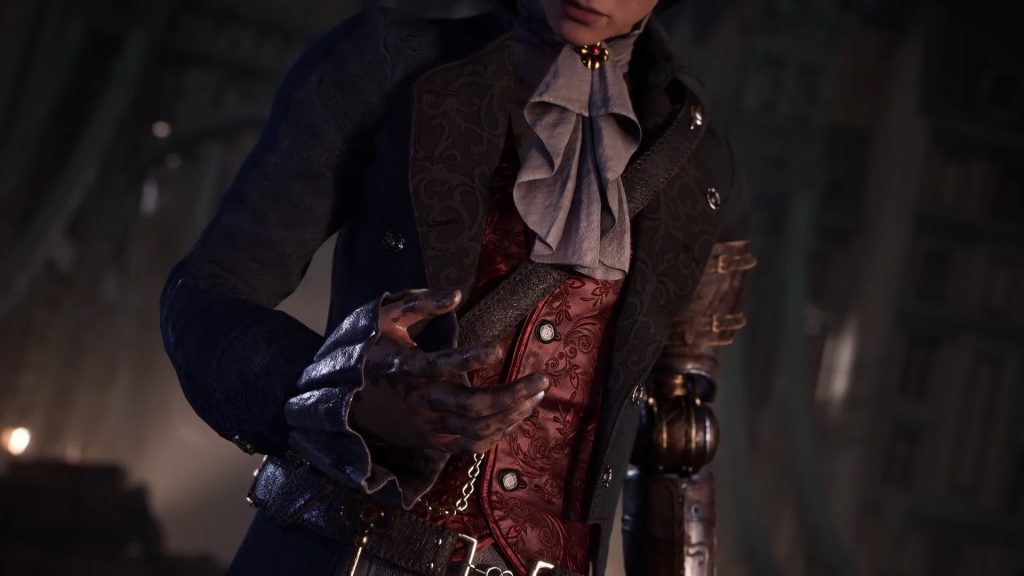
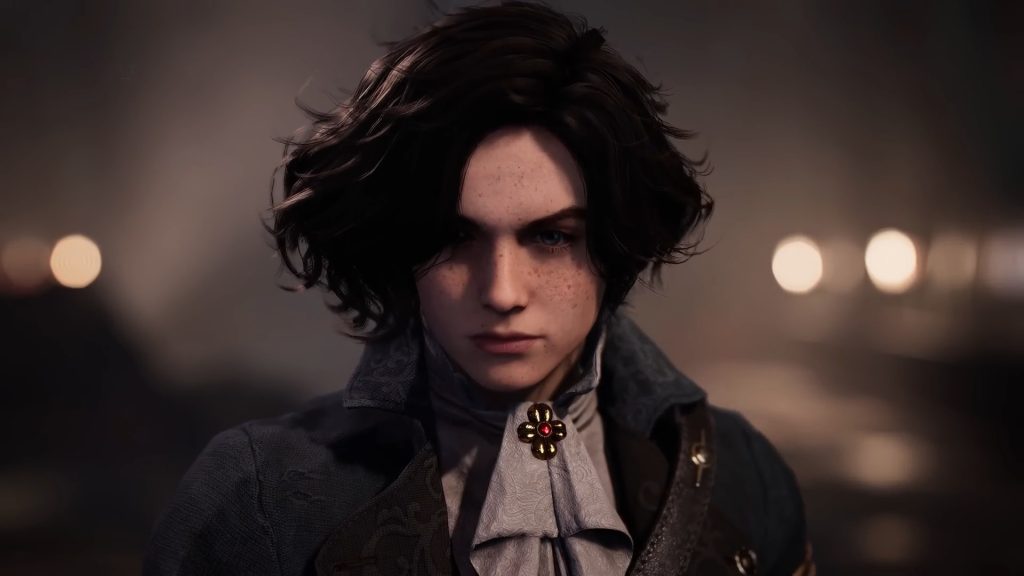
But when they released a trailer showing P’s face, I totally fell in love.
The Belle Epoque, reminiscent of Bioshock and Dishonored, and introducing its own horror spin on the Pinocchio story, was just a perfect mix. Still, when they showed the character’s design, I was just instantly over the moon. The youthful appearance of the main character, almost doll-like, was heavily inspired by the bishounen phenomenon in the early shoujo era. The character designers definitely had Bjorn Andresen’s photo on their moodboard. The innocent face full of freckles contrasted with the harshness of combat, dark alleys, and mechanical as well as organic monsters was simply tugging on all the right heartstrings in me. After playing the demo consisting of the first two chapters, I was literally foaming at the mouth, begging for more.
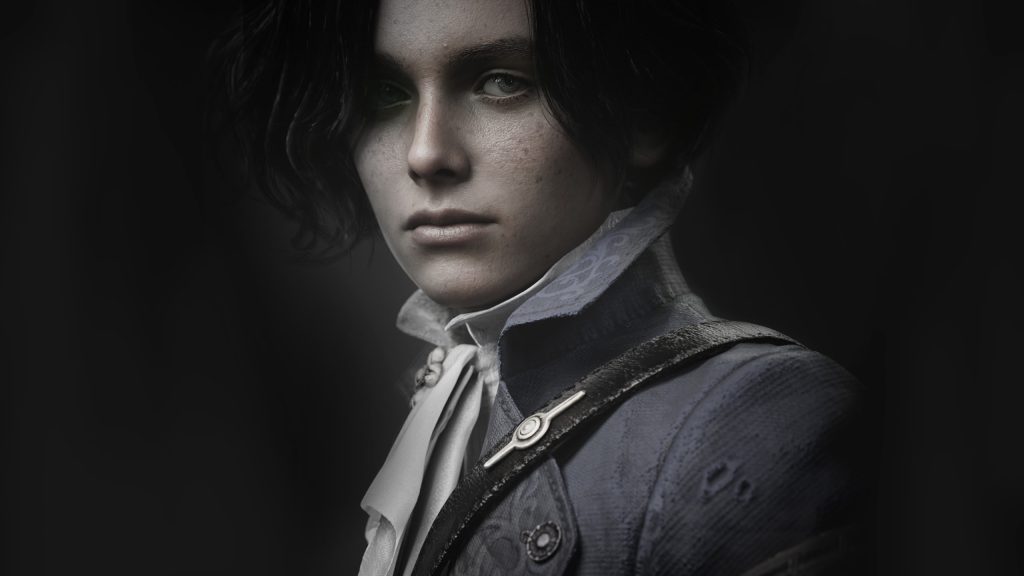

The theme of humanity in artificial creations and what it means to be human is as old as storytelling itself. Heck, Pinocchio has been asking this exact question 200 years ago. In the modern age, this motif has gained many additional twists with the rise of the Internet, technology and, recently, artificial intelligence. The dogma of the Ghost in the Machine distinctly separates the body and the soul, treating them as individual aspects of what makes us human. Many sci-fi media, especially cyberpunk ones, heavily draw from this theme, trying to answer whether a human ‘soul’ put into a literal machine maintains its humanity, as well as whether a synthetic being can awaken its Ghost. The most famous work of its kind, Ghost in the Shell, keeps inspiring many more modern discussions on humanity and artificial life. Pinocchio is a story ahead of its time by a few centuries, as it’s a prototypical origin of the same exact philosophical questions. It was fascinating to see it re-adapted again, this time with a soulslike twist, known for its atmosphere. A modern reinterpretation of Pinocchio is nothing new, Astro Boy being one of the examples of such. But what new does Lies of P bring to the table?
The game starts with the main character sleeping in a chair in an empty train wagon. A boyish face full of freckles, dressed in a simple white shirt and slacks. This delicate look is contrasted with a mechanical left arm, clearly created with heavy-duty in mind. Throughout the game, he is only referred to as Gepetto’s puppet, which, combined with the silent protagonist choice, makes it seem like there is little to no agency in him. This cannot be further from the truth – we soon learn that P is a special puppet who can lie. All other puppets are tied by the Grand Covenant, taken directly from Isaac Asimov’s three robotic laws. This staple sci-fi trope is supposed to prevent robots, or in this case, puppets, from harming humans. Yet soon, we witness a totally devastated city, overwhelmed by frenzied, violent puppets killing any surviving humans. We are left with many questions as we embark on a journey to find Gepetto and other survivors and, hopefully, end the puppet frenzy once and for all.
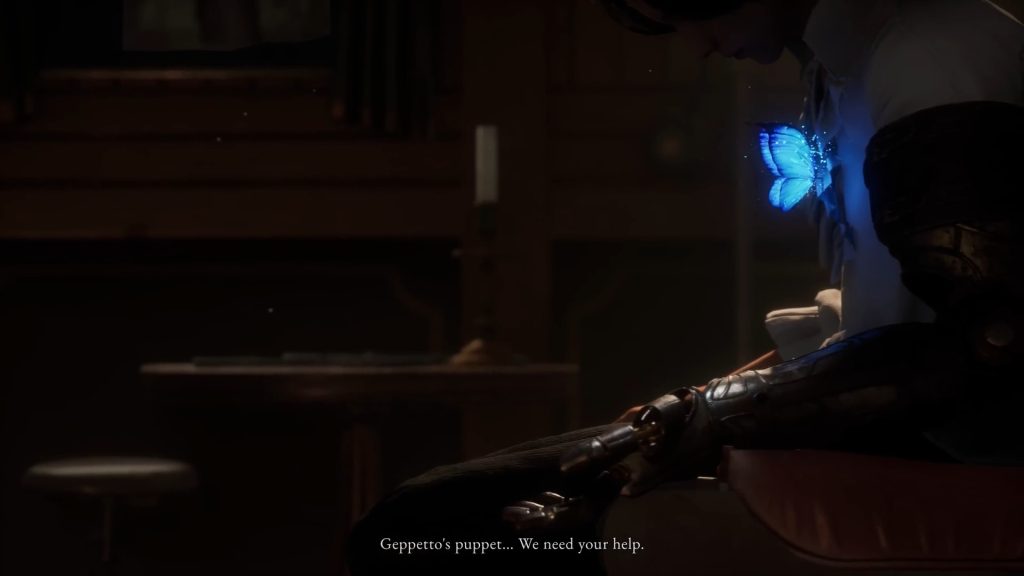
As you play, you are given an option to either tell a straightforward truth or lie when responding to other characters. This gameplay mechanic is brilliantly simple and true to the core of Pinocchio’s story, yet very engaging. Lying is a very human concept, often socially necessary to avoid hurting someone’s feelings or to get what we want. We ALL lie and learn to do so in early years and adolescence. A choice to lie or tell the truth gives P a means of expression that allows him to impact the world around him more than a swing of a sword. The more you lie, the more humanity you gain in the game, which translates to becoming closer to a ‘real boy’ as per the original story.
As you start your adventure, you can hear puppet springs shifting with your fight stance, but as you gain humanity through the game, you hear as P grunts and breathes heavily instead. Just like a real boy would.
The strongest aspects of Lies of P are the emotional impact of the story and its characters. While I love the soulslike genre, the FromSoftware games usually throw you into a desolate world long after a cataclysm has occurred. While Lies of P also puts us in the aftermath of many tragic events, we follow the story structured around and centred on P. We are not a nameless hero in an epic tale, as in FromSoft games; we are Gepetto’s puppet, with a face recognised by others, memories, and secrets tied to it. The way the story unfolds is much more linear in contrast to classic soulslike, which are known for vague atmospheric storytelling, which requires deep introspection and reading of item descriptions to piece everything together. This type of storytelling demands your full commitment, often requiring supplementary material like books or video essays to appreciate fully. The more traditional linear progression of Lies of P makes it more approachable to a wider audience while still having lore deep and engaging enough that it welcomes repeated playthroughs to appreciate fully.
However, the most significant advantage is how this narration allows a deeper connection with the side characters to deliver much more impactful emotional punches to a player. Instead of a sombre, quiet journey with rare NPC encounters, there is a wide variety of side characters, many of them a reinterpretation of existing figures in Pinocchio’s story and others paying homage to famous media.
As I played the game for the first time, I was thrilled to discover all the Easter eggs and outside influences that I recognised instantly. For example, Lorenzini Venigni is one of the more colourful personalities on the roster. This brilliant inventor was one of the most successful puppet designers and factory makers in the city of Krat. One would assume that such a person would be a raging capitalist, personifying the worst qualities in ‘tech geniuses’, but it’s quite the opposite. Venigni has a very warm and positive personality, you get a feeling that he truly cares about his inventions and the people impacted by his work. Unaware of the larger machinations behind the scenes, he still tries to support P in his endeavours to uncover the truth. He was definitely inspired by both Bruce Wayne and Tony Stark, flamboyant geniuses with tragic pasts, but instead of becoming sour and brooding, he overcame his trauma and has a more cheerful outlook on life. Polendina, his puppet butler, is definitely a reference to Alfred Pennyworth, a loyal friend, companion and a father figure to his creator.
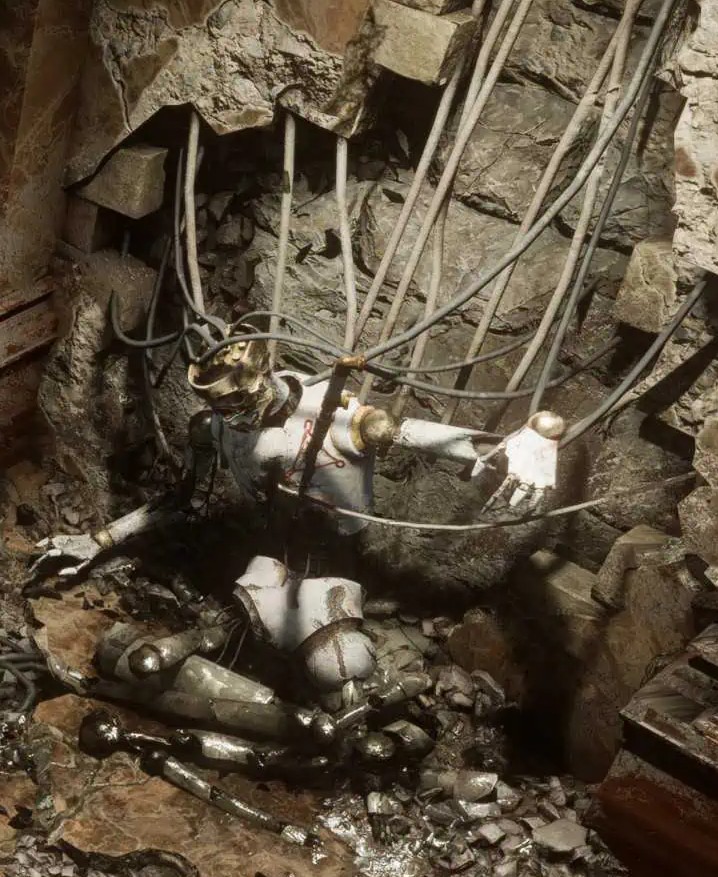

However, my absolute favourite tribute in the game is a mystery character that talks with P in phone booths as he travels around, talking in rhymes and riddles. The most straightforward comparison that comes to mind is that of The Riddler from Batman. But hold on! There is so much more than that. If we solve all the riddles and visit all the secret places that are only accessible after we do so, we meet the said character in person and discover his name: Arlecchino. He is a puppet with a body that’s almost completely destroyed, shattered into pieces and kept upright only through tubes tying him to a wall. We finally hear his voice in person: maniacal and full of anger. The voice actor’s performance is absolutely mindblowing, and I remember regretting that such a cool character is delegated to a side quest. Lo and behold, the developers completely outdid themselves, and Arlecchino plays a major role in the prequel DLC that fully fleshes him out and gives us a glimpse into what happened to make him end up in this dire state. The Overture DLC shows Arlecchino in his full-blown murderous glory, and I hated him so, so much, which is an amazing feat for the developers to achieve.
Arlecchino is a direct reference to Brau-1589, a robot from the amazing manga Pluto by Naoki Urusawa, a reimagining of Astro Boy by Osamu Tezuka and in itself another medium heavily drawing upon the Pinocchio story as well. Brau-1589 was the first robot to kill a human, stirring fear about what robots are capable of. Stripped into parts and examined by scientists, they never found anything wrong that would cause him to kill. In the manga, the main character, another robot, visits Brau-1589 regularly, asking for advice about murders, similarly to Batman chatting with Joker in Killing Joke. The references keep piling on and on, which is absolutely delightful. The last question that Arlecchino asks P before being killed or left in a vegetative state is:
Who are you? A human or a puppet?
Who are you really?
Gepetto’s puppet is the heart (pun intended) of the story as we see him change through the hero’s journey. The original Pinocchio story has Gepetto creating the titular puppet kinda by accident, and there is no indication that he ever had a wife or a son before that. Many reinterpretations of Pinocchio incorporate a more tragic backstory to their relationship. For example, Astro Boy has Professor Tenma creating a robot boy after his biological son dies in a car crash. Likewise, Lies of P has Giuseppe Gepetto create P in the image of his late son Carlo. (named in honour of Carlo Collodi, Pinocchio’s author). In the game, we find a painted portrait of Carlo in his youth, with a non-freckled sulky face, a microcosm of his feelings on the relationship with his father. But our P is not a simple puppet imitation with just a similar face. His mechanical heart is powered by Carlo’s Ergo – an energy source housing a person’s soul.
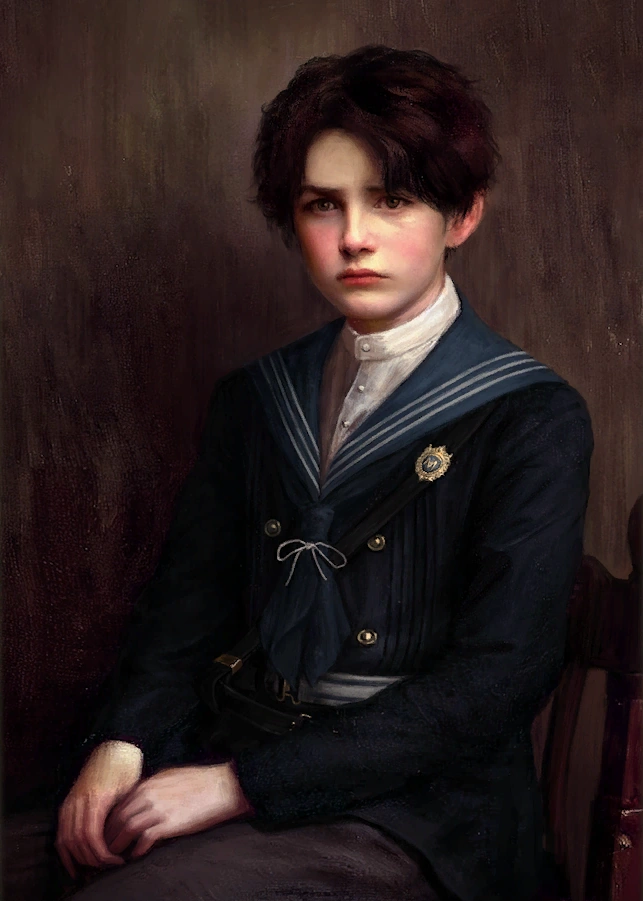
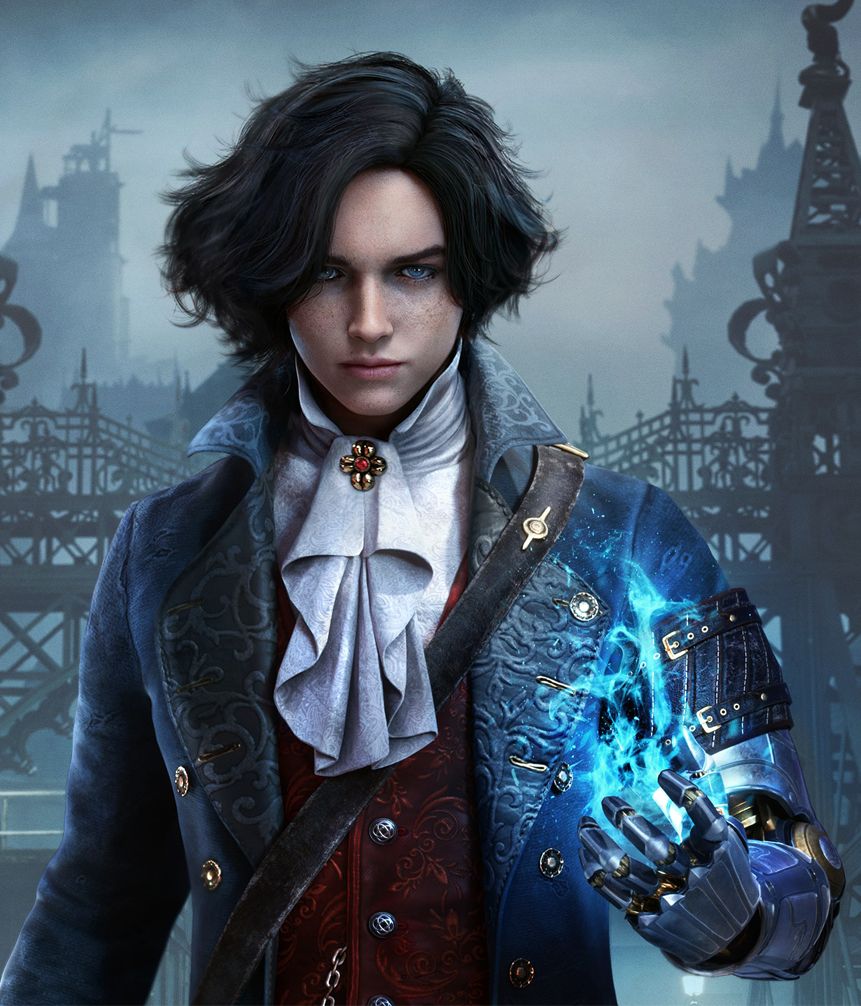
This is where one of the key points arises: Is P a reborn Carlo or another person altogether? You are not given a clear-cut answer to it, and you need to come to terms with it yourself. This is a very common trope that I enjoy picking apart as it poses many philosophical questions about not just the nature of humanity, but rather what makes us US. Ergo, being this mythical representation of a human soul force may be the essence of a person, but does transplanting it into another body resurrect the said person too? Is there something lost in the process? It could be an entirely new persona altogether that is only influenced by the previous memories and experiences. Many video games use this trope, usually by either ‘cloning’ or ‘digitising’ a person (Soma) or splitting them into two separate beings (Metaphor ReFantazio, Death Stranding). I would classify Lies of P into the second category with a twist. It’s less a question of whether an artificial being can be human through awakening its ego entirely on its own and more on what is left of us after we are gone from this world.
There is no doubt that Carlo is dead in the story. He is a ghost that permeates the narrative, and there is no doubt that he is dearly missed by those who knew him. Gepetto, channelling his inner Gendo Ikari from Evangelion, neglected Carlo after the sudden death of his wife. He left his son in the care of others and became obsessed with work. Rightly so, Carlo started to resent his father for abandoning him and not visiting him. Instead, Carlo focused on creating meaningful non-familial relationships that were shattered by his untimely passing. We do not know the exact reason for his death, whether it was a disease, murder or accident. The truth is, it really doesn’t matter. He is gone, leaving a deep, aching wound in those close to him. There is no replacement for those we lose, as hurtful as it is, we need to let them go.
Or so you would think, but Gepetto is truly determined to get that Worst Dad of the Year award. Upon discovering that puppets powered by Ergo could awaken a soul’s consciousness, Gepetto decided to harness his guilt to attempt to resurrect Carlo. As you can imagine, this goes horribly wrong. Finally, he created P as a vessel to accumulate enough Ergo force to have Carlo’s soul awake again, so that it can be transplanted.
Here we come to the crux of the problem: Gepetto, in his blindsidedness, wanted his boy back, but not the real Carlo, the stubborn and sulky boy. He wanted an idealised version that he envisioned, but most importantly, obedient. I love this twist on the “always be a good boy for me”, having a much darker meaning than just the surface. The biggest irony and the tragedy of Gepetto is that he doesn’t realise that Carlo was always there. In his warped perception of the desperate attempt to bring his son back to life, hurting so many people, destroying lives and the city, Carlo was always there. Many believe that Carlo and P are totally separate entities, more akin to brothers. The end scene where we see P shed a tear over Gepetto’s death reinforced my feelings that there is a continuity of consciousness in Ergo, and while P is his own person, he IS also Carlo. As humans, we do change after all. Are you the same person you were years ago? Many therapy trends teach you to externalise your past selves. Your inner child is not actually a separate person, but the difference in your experiences can be gargantuan enough to feel like you are.
On the other hand, P deserves to be his own person, not shackled by the expectations of others, no matter whether he is Carlo or not. Carlo is P, P is Carlo. Same half of the same coin. Thinking otherwise would contradict other characters and their story arc, but at the same time they’re different beings. The lonely tear reflects sadness and silent forgiveness felt towards an absent father, coming from both Carlo’s and P’s personas.
Still, FUCK GEPETTO. I am not that forgiving. And I’m not the only one. Many people grieving Carlo’s loss would go berserk at Gepetto’s plan if they knew what he was planning. And someone actually does: Carlo’s best friend, Romeo. Nicknamed Lampwick in the original tale, his fate is among the most tragic in the game. Yet the developers, in their brilliant storytelling cruelty, thought it would be a great idea to twist a knife in a wound with the prequel DLC. The base game itself was heartbreaking enough, but DLC just crushed my soul. We are never explicitly told how Carlo died, but with the Overture release, we at least now know what happened to his best friend.
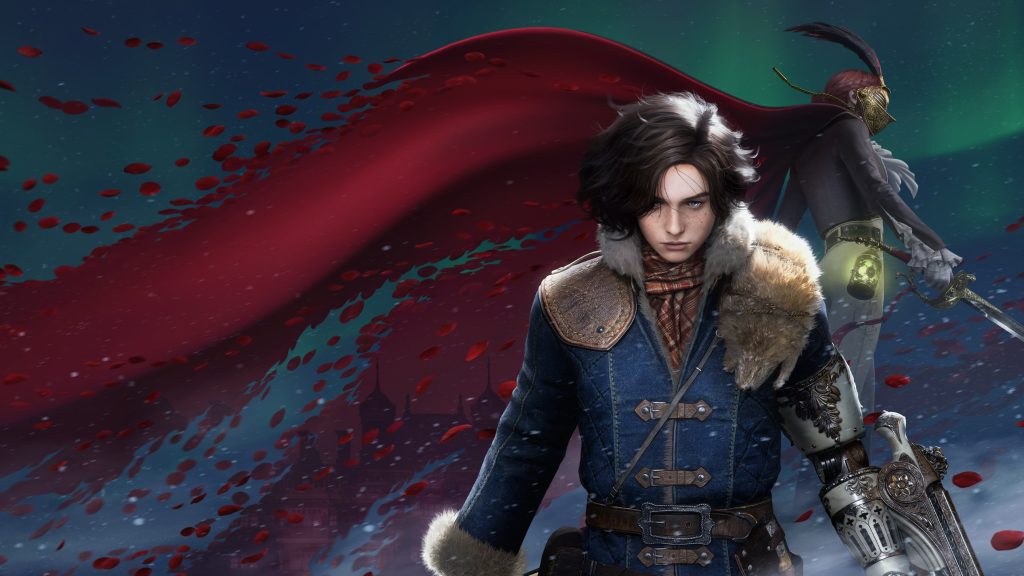
Carlo and Romeo were raised at the Rosa Estate, an orphanage turned into a boarding school. An orphan with no parents and an orphan with a father. They dreamed of becoming Stalkers, skilled fighters and mercenaries, and their dream was to become true as they befriended the Legendary Stalker herself, Lea, who took them as students. The trio formed a found family, one they had craved the most, having been neglected by their own relatives and society.
Carlo’s death tore their life to pieces, but it was only the beginning. The whole Rosa Estate was brutally massacred by bloodlusted Arlecchino. We are not told whether Carlo was a victim of the massacre as well, but for sure, his death is a consequence of the machinations of the villains responsible for it.
Some time after, Romeo is kidnapped. The choking fury and despair that Lea felt after discovering that Arlecchino is behind it were so palpable, it was heartwrenching to watch. We know that it cannot end well, but believe me, you are not ready for the level of suffering that will be brought to the table. By the end, when the trio gets reunited, I was wrecked with emotions. The simplest wish of Lea for all three of them to experience a dawn together and to have it granted in an unexpected way left me with a lump in my throat and raw emotions for weeks after. Interstellar was a little cheesy and on the nose with it, but only love can truly travel through time and space.
I wholeheartedly recommend this masterpiece of the game to anyone who likes action games, even if you’re scared of the soulslike genre. The developers added difficulty levels to make it more accessible to a wider audience. I am looking forward to replaying it again sooner or later in preparation for the sequel.




